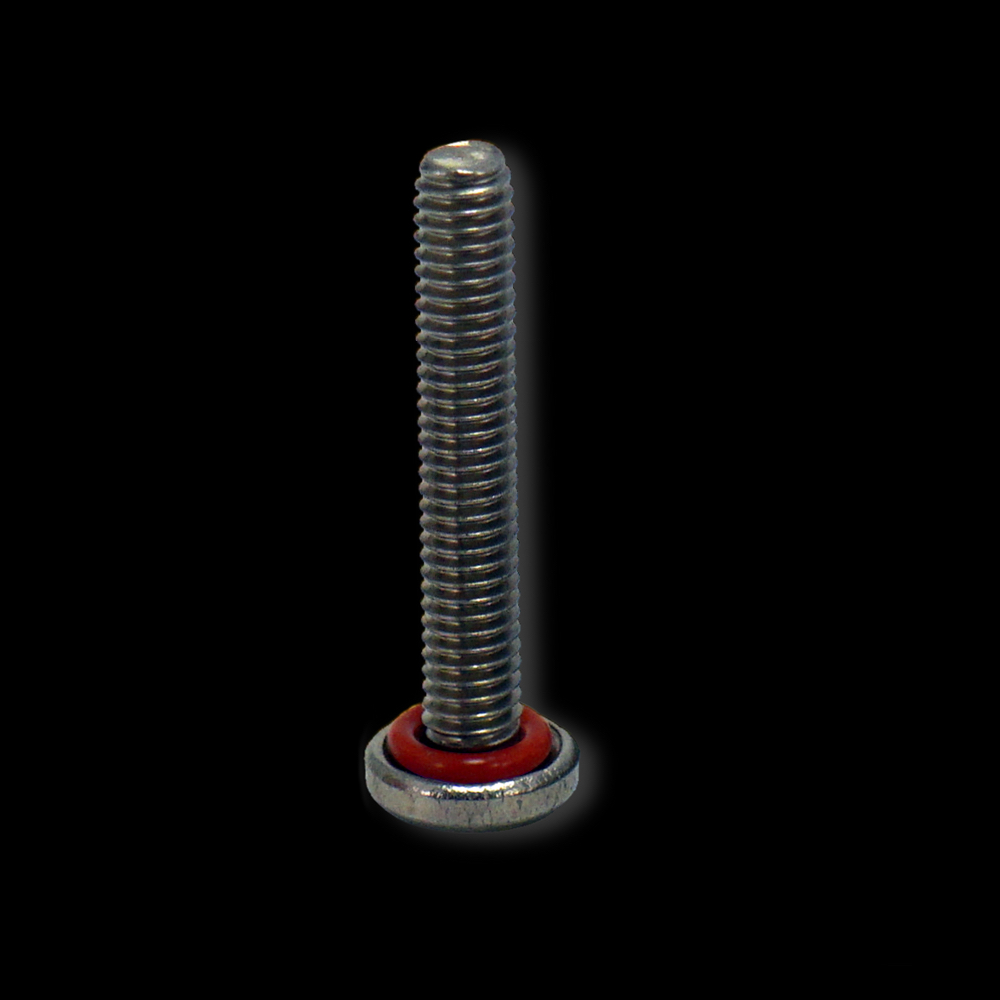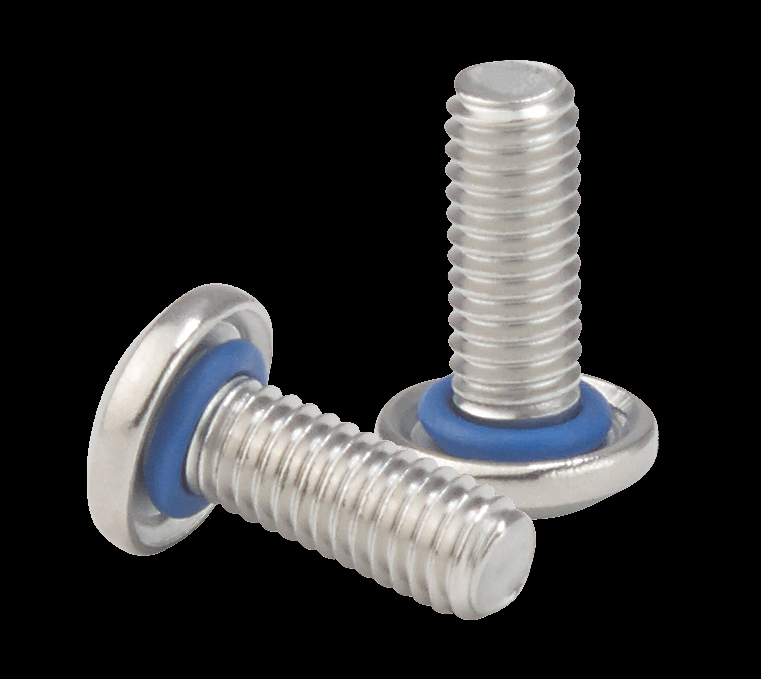
Screw holes are integral to the structural integrity and appearance of various manufacturing and construction assemblies. There are many types of screw holes, but the two prevalent types are countersinks and clearance holes. Choosing the right fasteners for each project requires a clear understanding of each type of screw hole. Here, APM Hexseal explores the key differences between countersinks and clearance holes for fasteners, including their applications, benefits, and why proper sizing is critical to a successful project.
What Is a clearance hole?
A clearance hole allows a bolt or screw to pass through the material without the threads gripping into the material. Clearance holes are crucial for inserting screws with threads along the length of the shank to prevent them from engaging with material that they must pass through. Typically, clearance holes can be found in applications such as installing hardware, hinge screws for example; assembling glued joints; when using fully threaded screws with threading along the entire shank; cabinet part assembly; as well as re-usability of sealing fasteners to not over compress, tear or shear the O-Ring during installation.
What is a countersink?
A countersink is a hole with a conical shape – its purpose is to facilitate a fit where the screw head fits flush with, or below, the material surface. A countersunk hole is measured by its major diameter at the entry point of the hole and tapers to its minor diameter, measured below the conical taper. The most common taper angles for imperial fasteners are 82 and 100 degrees, while the most common taper angle for metric fasteners being 90 degrees.
Countersinks provide a polished and integrated appearance with the design by allowing the fasteners to sit flush with, or below, the material. They can eliminate the appearance of standard head bolts to create a smooth, flush surface for enhanced aerodynamics necessary in applications such as aircraft panels. Furthermore, countersinks can assist in self-centering screws during installation to maintain precise alignment.
Common applications where countersinks can be found include thin material fastening; deburring; hardware installation when smooth, seamless surfaces are critical; and cabinet part assembly.
Key differences between a clearance hole and a countersink
Function: Clearance holes allow the screw to pass through a material without biting into it, ensuring secure fastening and re-usability of sealing hardware. Countersinks allow the fastener to sit flush with, or below, the material surface using a conical recess to hide the screw head.
Design: A clearance hole has a cylindrical shape that is slightly larger than the threads of the fastener. A countersink has a conical shape that matches the head angle of the fastener head to create a seamless fit.
Use cases: Clearance holes are essential for precise alignment in applications like cabinetry, woodworking, joining of assemblies and allow for re-usability of sealing hardware. Countersinks are ideal for improving aesthetic appearance and surface smoothness for high-visibility applications or where aerodynamics are critical.
Importance of using correct sizes
Accurate clearance hole sizing is crucial so that the first layer of material can be tightly drawn to the second piece of material. If the fastener threads bite into the first layer, it can result in a slight gap between the two pieces of material and reduced tightness. Furthermore, the clearance hole sizing affects the sealing capabilities of sealing hardware.
Additionally, using a correctly sized countersink is critical in ensuring the fastener head sits flush with the material surface. A larger major diameter than the fastener head diameter can result in a fastener that sits too far below the surface, and a smaller major diameter will result in the fastener head protruding above the material surface. If a countersink depth is more than 60% of the material's thickness, it can begin to weaken the material.
Personalised assistance from APM Hexseal
Countersinks and clearance holes are different types of screw holes. Understanding their differences when selecting the proper method of fastening a product or structure is critical to creating a secure, aesthetically appealing assembly. It is also essential to select the ideal hole size to prevent weak joints, the misalignment of components and cause leakage within sealing hardware. Paying close attention to these details and following the manufacturer’s recommendation will result in a sturdy, reliable final product with a clean finish.
APM Hexseal can help users select the ideal fasteners and match them to the proper screw holes.
apmhexseal.com

Becca is the latest member to join our team and is eager to get stuck into the world of fasteners. She brings an enthusiastic and fresh outlook on what we do editorially and will be leading our social media activity – including sourcing material, editing articles and posting online.





